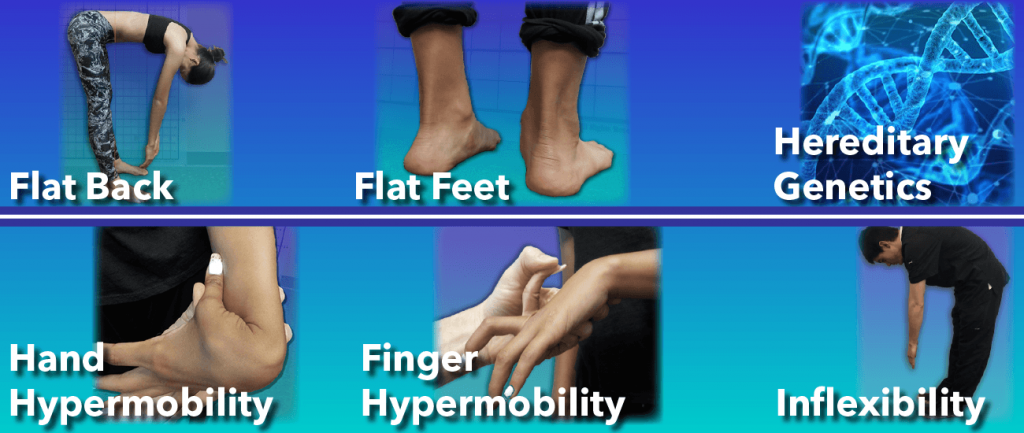Early Detection of Scoliosis

Written and reviewed for scientific and factual accuracy by Dr. Austin Jelcick, PhD and Dr. Matthew Janzen, DC. Last reviewed/edited on October 29, 2020. First published December 5, 2018.
Scoliosis Care Centers has a 100% success rate when treating a scoliosis curve before it progresses beyond 25 degrees. This means that if you begin treatment before the spinal curve is 25 degrees, then we can reduce it below 10 degrees and keep that curve reduction through growth. Detecting scoliosis early is essential in ensuring that the curve does not rapidly progress; it is for this reason that many schools throughout the US have implemented screening programs to aid in early detection; however standard school screening methods typically do not involve imaging (ie. x-ray, MRI) and utilize techniques that may suggest scoliosis when it is not currently present (false positives), thus limiting their detection rate. There are multiple signs and methods used to monitor the spine for early detection of scoliosis. The most obvious sign of scoliosis is the visible curvature of the spine. However, more often than not, when scoliosis is detected with the naked eye, the curvature is already beyond 25 degrees.
How to Monitor and Detect Scoliosis

Check For Scoliosis With Upright MRI
An upright MRI is Scoliosis Care Centers’ screening method of choice because it is extremely accurate, it shows the spine in 3 dimensions, and it does not harm the body. Since a standing MRI is radiation-free, it can be administered as frequently as necessary to detect scoliosis, and catch the curve early before it progresses beyond 25 degrees. It can be very helpful in identifying a curve before it is visible to the naked eye or some of the other At-Home tests like the Cox Test or Adams Test.

Checking For Scoliosis With X-ray
X-ray images are the other precise option for monitoring of scoliosis. An X-ray image can catch smaller curves that might go unnoticed with the home-administered tests such as the Cox Test or Adams Test. However, X-ray images emit harmful radiation and thus should not be used frequently. For this reason, X-rays are usually not used as an early monitoring method, but rather as a more precise monitoring method after there is a reason to suspect that a patient might have scoliosis. This usually occurs after an Adams Test or Postural Observation and unfortunately results in treatment after a curve has already begun progression.

Checking For Scoliosis With The Adams Test
The Adams Forward Bending Test is a frequently administered monitoring method for scoliosis because it can be done at home. Scoliosis is both the lateral curve and twist of the spine which causes the rib cage to twist as well. When a scoliotic patient bends over there is often a ‘rib hump’ which is a known symptom. The forward bending motion accentuates the sign of scoliosis in instances where it otherwise may have gone unnoticed with the naked eye. While this is an easy monitoring method to administer at home, it is not nearly as precise as an X-ray image or Upright MRI. Consequently, smaller curves that are growing often go unnoticed until they’ve reached the 20-25 degree mark. A scoliometer (see image) can help detect scoliosis and identify curvature of lesser degrees.

Monitoring For Scoliosis With The Cox Test
The Cox Test is also a method for the early detection of scoliosis that can be done at home. Contrary to the Adams Test that identifies the symptoms (curved spine and rib hump), the Cox Test identifies nerve tension, the cause of Adolescent Idiopathic Scoliosis. Since it identifies the cause, this test is better at foretelling spinal curve progression before it is visible to the naked eye. Albeit, this test does not provide the precision seen with an upright MRI or X-ray. The advantage is that it can be administered with little external equipment. We recommend that this test be used in conjunction with the Adams Test if an upright MRI is not feasible.
You can watch a video on the Cox test below and other videos on our scoliosis videos page.

Monitoring Scoliosis With Postural Analysis
A postural analysis is the simple ocular recognition of a curved spine from observing one’s back. This often results in a doctor’s appointment followed by an X-ray. Unfortunately, if the spinal curve is visible by simply looking at one’s back, the Cobb Angle is usually beyond 20 degrees, thus not the ideal form of early monitoring. The other signs and symptoms can usually be noticed earlier with an Adam’s Test.
Early Signs of Scoliosis

